Assume nothing; every assumption is the mother of all mishaps, and in cybersecurity, misconceptions can be catastrophically costly. A common misunderstanding I frequently encounter in my role as a cyber security consultant/auditor at CyRAACS is the belief that AWS GuardDuty functions as an antivirus solution for cloud environments. This fundamental misinterpretation can create a dangerous […]


